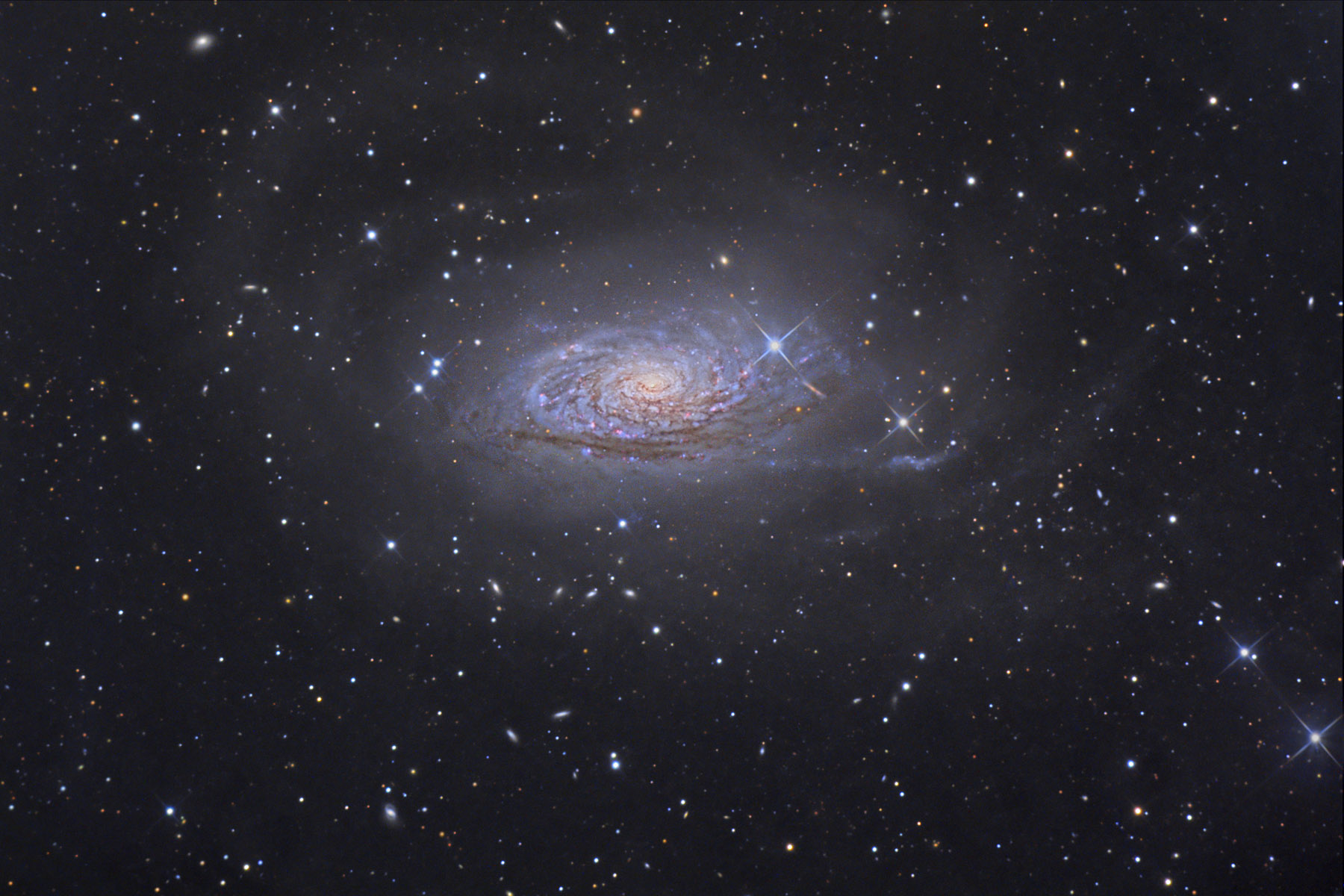Place: Venice Beach
Time: It was about 9 30 to 11 or so.
Tools: I didn't come prepared :( I could only observe with my naked eye.
But! The moon was extremely slight, a waning crescent, and Venice beach is far enough from the city lights that the star gazing was extremely good. I didn't actually plan to do this when I went to the beach so I didn't have a star chart or anything, but these were the constellations I recognized from memory (or, as it were, from their first magnitude stars...): Auriga I could find Capella but not the kids. Gemini I could see Castor and Pollux obviously but also the general human-body outline. Seeing Orion was wicked cool because instead of only seeing the seven or however many major stars that I can see from my light polluted home view, I could see many many higher magnitude stars in between the major stars, especially in the area between the belt and the "feet." Sirius and Procyon were easily identifiable as well, as was Taurus. The weird thing was that I thought I saw another redish star in Taurus besides just Aldebaren? I did see the Big Dipper as well as a strange constellation I didn't recognize much lower in the sky on keel with Orion and Taurus that had a shape akin to the little dipper. I'm looking at a star chart right now and I still can't identify what the hell it was. I think then the sky got into the Spring Constellations because after identifying all the Winter Constellations I didn't recognize anything else in the sky...


